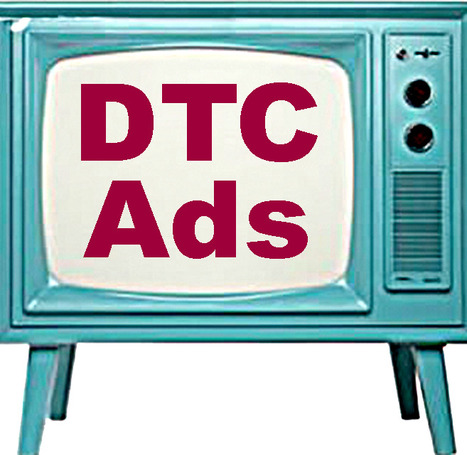In a recent 30 minute network “news” program, I counted 21 commercials/promos, half of which were for prescription drugs, most with computer-generated names that include Xs and Zs, aimed primarily at the AARP/Medicare generations, the largest consumers of these drugs (and the only ones who still consistently watch network evening news programs). Most popular magazines — yeah, there are still a diehard few who actually buy print media — contain multi-page ads for these drugs.
The ads, which mostly feature happy seniors leisurely riding in vintage autos or walking/biking/dining/boating/taking photos in bucolic, sun-dappled settings (except when playing lovey-dovey in adjacent bathtubs), with the injunction to “talk to your doctor to see if (fill in the name) is right for you,” have proliferated like amoeba since restrictions on drug ads were removed by the Food and Drug Administration in 1997 (the U.S. and New Zealand are the only two countries that now allow direct marketing of prescription drugs). Pharmaceutical company profits have soared as a result of the ad barrage.
In 2014, the companies spent $4.53 billion on ads for prescription drugs. But that pales in comparison to the $24 billion they spent in 2014 on campaigns aimed directly as physicians, many of whom get hundreds of thousands of dollars from the companies in “speaking fees,” meals, gifts, and other perks.
The American Medical Association, to its credit, has asked the federal government to ban these direct marketing ads. Citing “a growing concern” among physicians about the negative impact of these constant promotions directly to the pubic, it says, “A growing proliferation of ads is driving demand for expensive treatments despite the clinical effectiveness of less costly alternatives.”
Given that Big Pharma is, year-in year-out, the top spender on lobbying members of Congress, and that legal challenges would certainly follow any ban of the TV ads, the AMA request has about as much chance of passage as the proverbial snowball in Hades.
Via Pharma Guy



 Your new post is loading...
Your new post is loading...









I once said that banning DTC advertising is about as likely as Donald Trump being elected president. You know where that's going!
What I propose is an experiment. Let's eliminate TV broadcast DTC advertising of brandname drugs altogether for one year, but keep print and Internet-based DTC advertising. That is, no broadcast DTC for ANY drug, new or old.
Drug companies could pocket the money saved or spend it on print and Web promotions or on disease awareness TV ads, which are not a target of DTC critics in Congress and elsewhere.
I once said that banning DTC advertising is about as likely as Donald Trump being elected president. You know where that's going!
What I propose is an experiment. Let's eliminate TV broadcast DTC advertising of brandname drugs altogether for one year, but keep print and Internet-based DTC advertising. That is, no broadcast DTC for ANY drug, new or old.
Drug companies could pocket the money saved or spend it on print and Web promotions or on disease awareness TV ads, which are not a target of DTC critics in Congress and elsewhere.